Guy on Rocks: Iron ore and copper hit all-time highs

Pic: Stevica Mrdja / EyeEm / EyeEm via Getty Images
‘Guy on Rocks’ is a Stockhead series looking at the significant happenings of the resources market each week.
Former geologist and experienced stockbroker Guy Le Page, director and responsible executive at Perth-based financial services provider RM Corporate Finance, shares his high conviction views on the market and his “hot stocks to watch”.
Market ructions
A strong week for precious metals with gold closing at $US1,831 ($2,332.71) (up 2.5 per cent), silver $US27.42 (up 6 per cent), platinum $US1,249 (up almost 5 per cent) and palladium $US2,839 (down slightly) in the wake of a weaker US dollar and inflation fears.
Notably the US jobs report came in at a disappointing 266,000 compared to consensus forecasts of 978,000 as Americans opted for Biden dollars while lying on the couch sipping Budweiser.
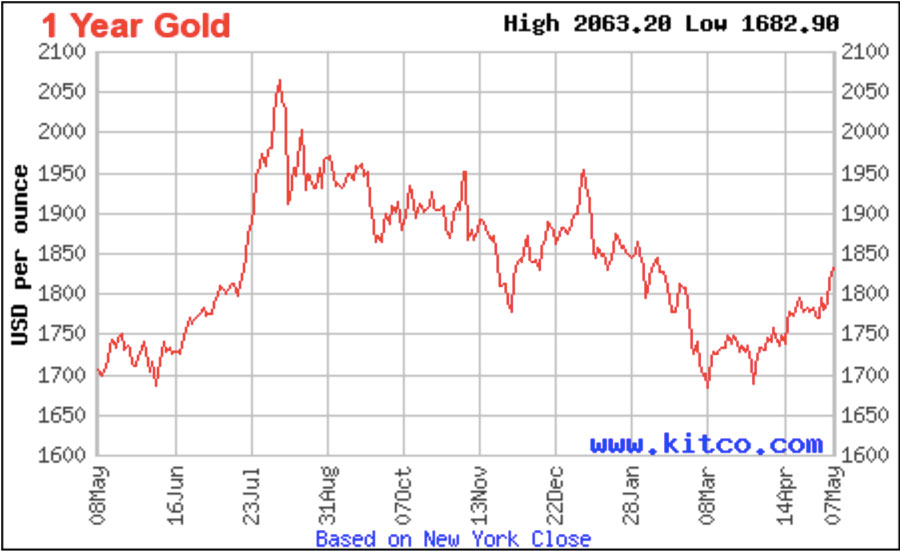
Copper reached another record high at $US4.70 per pound (lb), up five weeks in a row and 5 per cent for the week as speculation about rising taxes/royalties in Chile and Peru (which account for just under 40 per cent of world copper supply) continued.
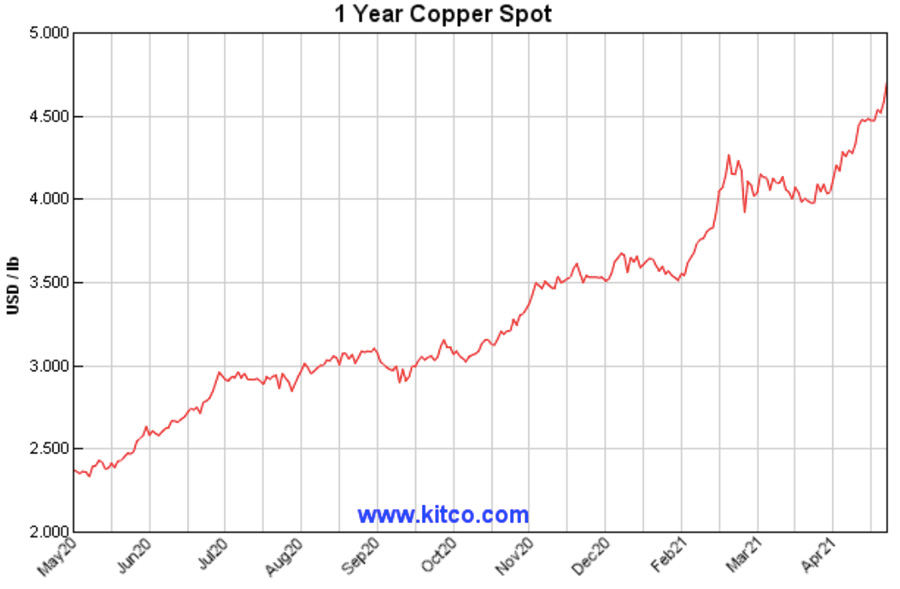
The anomaly in the metals market remains uranium, which finished at $US30.38 for the week compared to its all-time highs of $US136/lb in June 2007 and around $US70/lb just prior to the Fukushima incident in 2011.
There was one death and 16 injuries, so I am not jumping on the bandwagon and calling this a disaster. Perhaps rumours of the Biden administration providing a nuclear subsidy however may give the price a little more support.
The iron ore price (62 per cent fines) hit an all-time high of $US212/tonne on Friday, up around 5 per cent for the day with high-grade Brazilian fines reaching a record $US234.70 per tonne.
At the same time, steel futures continued to lift after a five-day labour day holiday. Fortunately for Australia in the wake of deteriorating diplomatic relations with China, there are no alternatives to replace two thirds of their iron ore imports.
Despite Tangshan’s blast furnace utilisation rates being off 20 per cent year-on-year, these don’t appear to be reducing steel output in China but have had the effect of increasing steel margins (and prices). It has raised iron ore’s price ceiling (figure 3), while also pushing premiums to record highs. In fact, steel output in March was 94 million tonnes, the second strongest month on record.
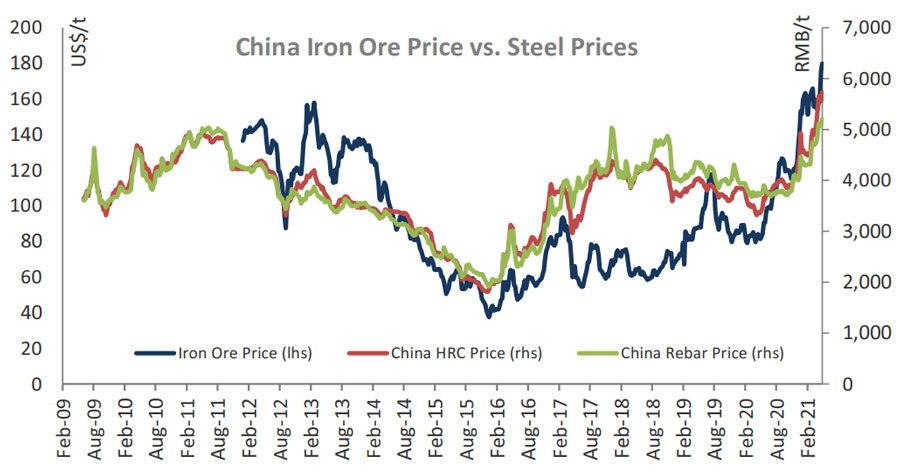
Given China’s iron ore port stocks are up 7 per cent year to date, steel margins rather than physical tightness seem to be the dominant recent price driver. Reduced iron ore supply (down 9 per cent in April) has also been supportive of higher iron ore prices.
Iron ore cracking $US200/tonne was as close to a religious experience as you can get in a bull market for commodities, and it will be no surprise to the Stockhead faithful that I entered Cigar Social on Friday afternoon with all the conviction of a Templar knight brandishing the true cross.
Movers and shakers
Another cracking round of results was released last Wednesday by Challenger Exploration (ASX:CEL) from recent drilling that targeted intrusion-hosted mineralisation at the Hualilan gold project in San Juan, Argentina.
The highlights (figures 4 and 5) included hole GNDD-196 intersecting 69.2m at 3.4 grams per tonne (g/t) gold equivalent (3.3g/t gold, 4.8g/t silver, 0.1 per cent zinc) from 9.m downhole. Meanwhile, GNDD-202, which was collared to test 100m down dip of GNDD-196, intersected over 100m of mineralisation, as did GNDD-277 (assays pending) a further 50m down dip.
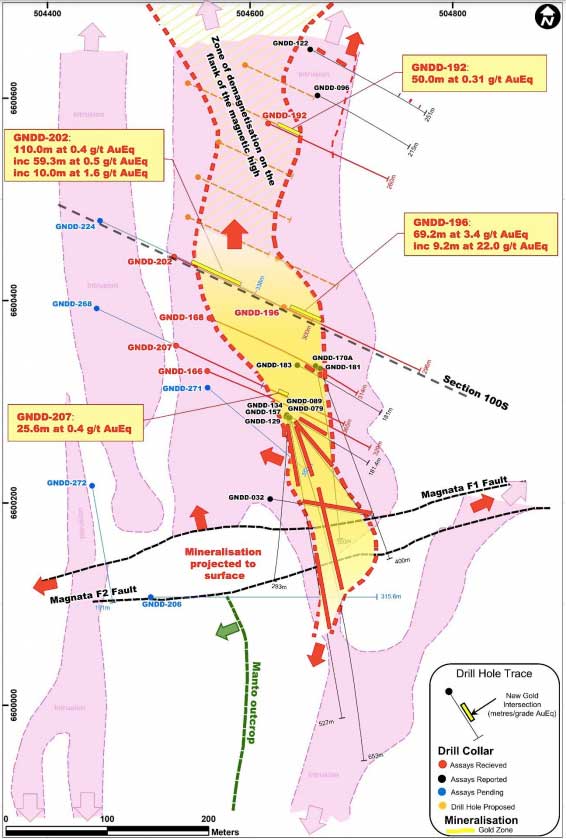
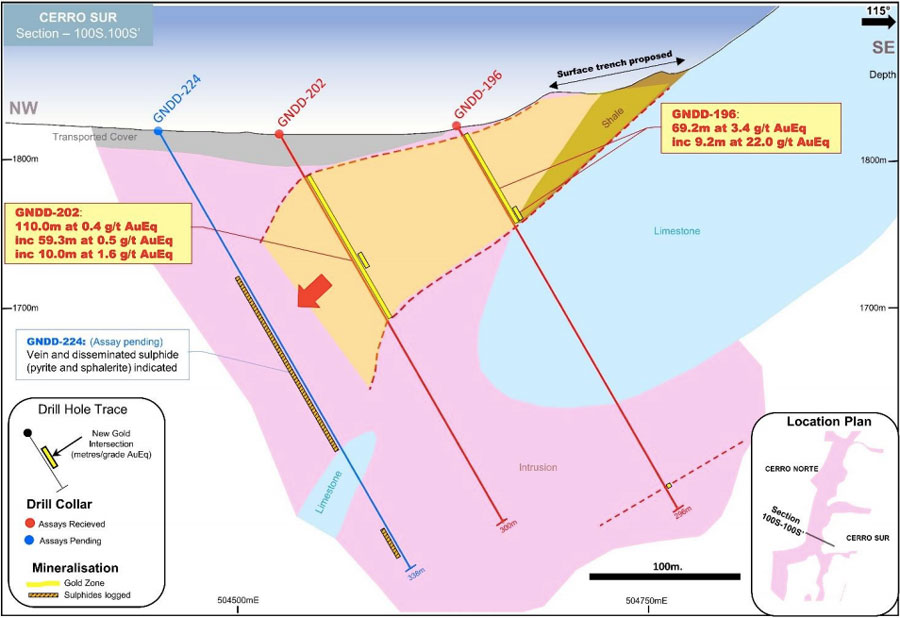
The drilling has extended intrusive hosted mineralisation at Magnata 200m north along strike and opened a drill target a further 400m to the north.
At a fully diluted enterprise value of just over $300m, the market is implying a resource in the order of 4 million oz of gold (CEL interest 75 per cent) assuming a median enterprise value (EV) of $100/oz of gold.
Alternatively, a higher grade 1.5-million-oz JORC resource could justify an EV/JORC resource in the order of $350-300/oz of gold. The project already has an historical resource (NI 43-101) of 627,000oz of gold at 13.7g/t gold equivalent and, based on results to date, I think a high-grade underground resource with a large lower grade skarn component supporting a 4-5-million-tonne-per-annum operation is achievable in the medium term.
The broad widths and high grades are also favourable for relatively high gold ounces per vertical metre, which should feed into lower operating costs.
Estrella Resources (ASX:ESR) looks like it may have the extensions to high-grade gold bearing structures identified by Great Boulder Resources (ASX:GBR) (figure 6) announced last Tuesday which had some impressive intersections including:
- 40m at 1.15g/t gold from 44m in 21BPRC014, including 24m at 1.54g/t.
- 40m at 1.03g/t gold from 40m in 21BPRC012, including 16m at 1.4g/t.
- 15m at 1.02g/t gold from 65m in 21BPRC015.
The total distance between Seven Leaders and the Granite gold workings is over 15km (figure 7).
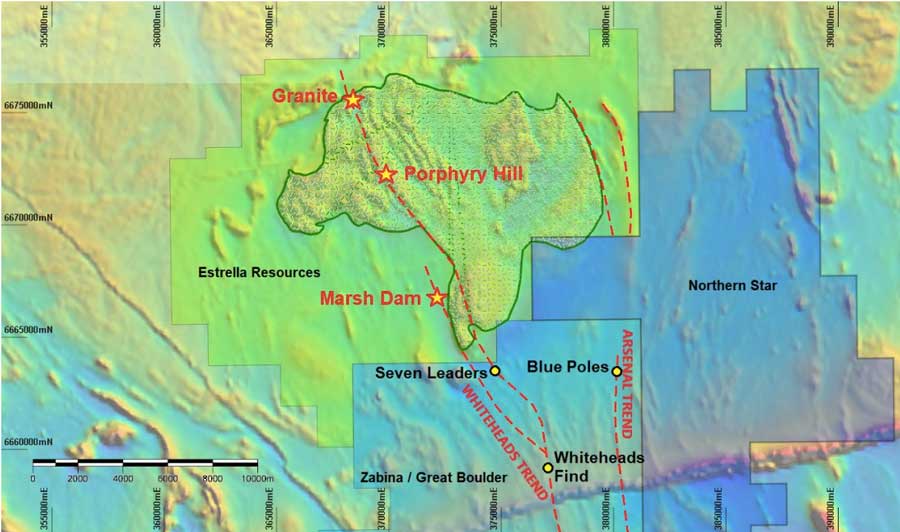
This should provide some added spice on top of Estrella’s Carr-Boyd nickel project, where recent drilling has continued to impress with hits including 20.1m at 1 per cent nickel, 0.7 per cent copper from hole CBDD033, 65m above hole CBDD035 (8.05m at 0.8 per cent nickel and 0.5 per cent copper).
Wedge holes from CBDD053 (figures 8 and 9) are currently being drilled and a second drill rig at T5 has completed five reverse circulation pre-collars.
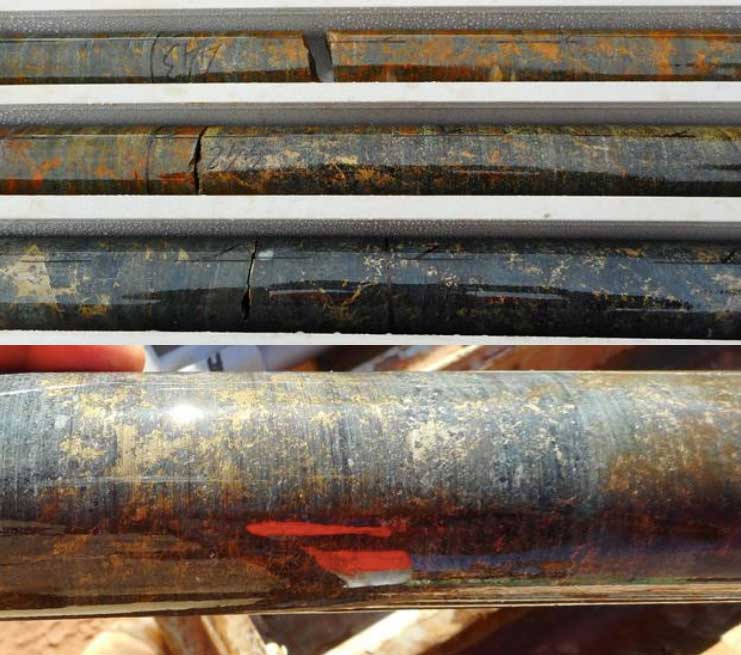

Estrella has been drifting for some time (figure 10), probably due to the option overhang (227 million exercisable at 5c expiring 27 June 2021) but I think the share price may turn around soon after these are either exercised or expire.
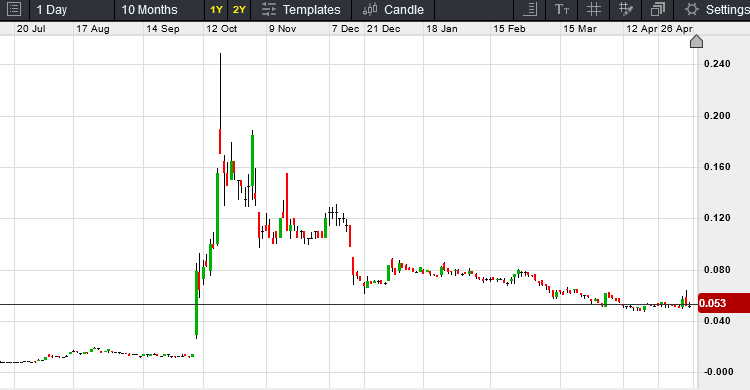
Hot stocks to watch
With copper at all time highs the porphyry copper exploration game, which has been in abeyance since 2012, is well and truly back on and it is good to see Celsius Resources (ASX:CLA) having a red-hot go in the Philippines with its recently acquired Maalinao-Caigutan-Biyog (MCB) copper-gold project in Luzon (320km north of Manila).
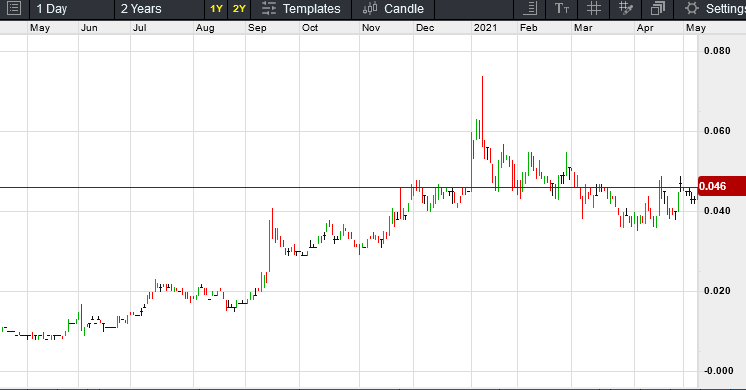
The project contains a JORC indicated and inferred resource of 313.8 million tonnes at 0.48 per cent copper and 0.15g/t gold, for 1.5 million tonnes of contained copper and 1.47 million oz of gold.
This includes a higher-grade core of 93.7 million tonnes at 0.8 per cent copper and 0.28g/t gold that will form the basis of an initial scoping study.
A 4,000m drill program is underway (commenced late February 2021) and CLA has also engaged Kalinga State University in a partnership agreement to assist with social, environmental and community development initiatives.
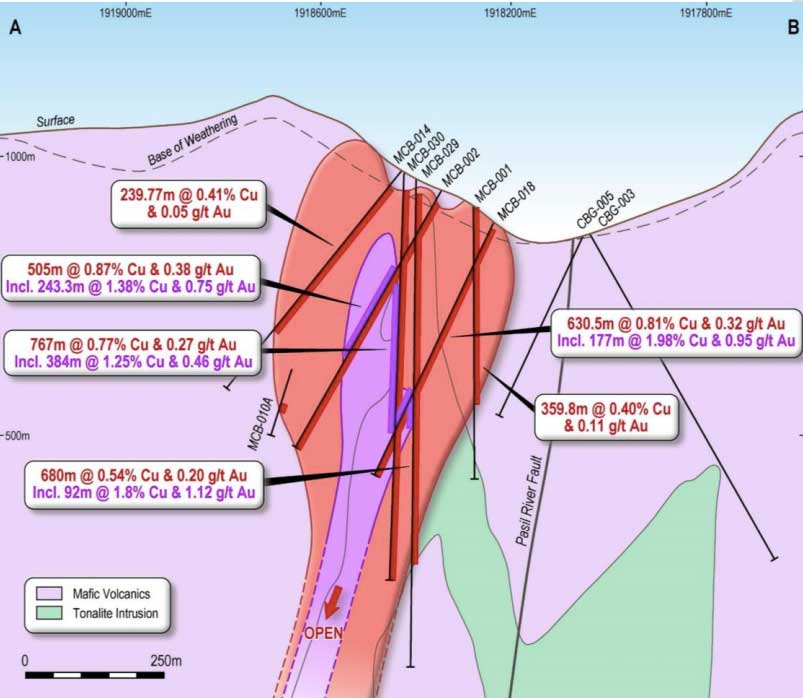
Having done some business in the Philippines over recent years, I am a big believer in the prospectivity of the country and have seen a significant improvement in operating conditions for foreign companies as the Duterte administration has done much to clean up corruption and streamline processes.
Given the close diplomatic relations with the Philippines, together with Australian’s generally being viewed as “responsible miners”, I am more optimistic on the Philippines than other southeast Asian jurisdictions. The recent lifting of the ban on open cut mining will also lift investor confidence.
With copper and gold on an upward trend and an enterprise value of just over $40m, my philosopher friend and crystal ball gazer Ti-Ming may have got this one right…
At RM Corporate Finance, Guy Le Page is involved in a range of corporate initiatives from mergers and acquisitions, initial public offerings to valuations, consulting, and corporate advisory roles.
He was head of research at Morgan Stockbroking Limited (Perth) prior to joining Tolhurst Noall as a Corporate Advisor in July 1998. Prior to entering the stockbroking industry, he spent 10 years as an exploration and mining geologist in Australia, Canada, and the United States.
The views, information, or opinions expressed in the interview in this article are solely those of the interviewee and do not represent the views of Stockhead.
Stockhead has not provided, endorsed, or otherwise assumed responsibility for any financial product advice contained in this article.
Related Topics

UNLOCK INSIGHTS
Discover the untold stories of emerging ASX stocks.
Daily news and expert analysis, it's free to subscribe.
By proceeding, you confirm you understand that we handle personal information in accordance with our Privacy Policy.








